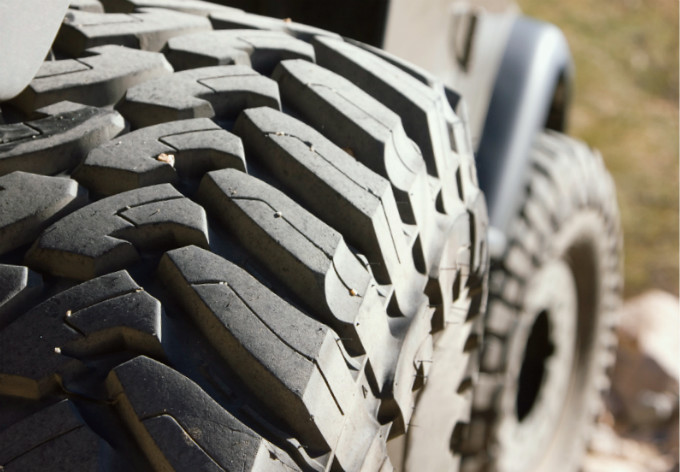The production of ideal harvesting has a direct link with the combination of tractor’ rubber tires with the soil.

The sort of tire that farmers mainly depend on for running their equipment and the treatment of those tires on the ground can clear the picture between good and bad production of crops, stated Jeremy Hurt, a senior specialist at Equipment Technologies.
The appropriate design and sustaining capability, tire size and right air pressure can cater the crop and soil of being compacted, suggested hurt. This is a ranching fact that as much as the weight is inclined or concentrated towards specific points of the tire, the serious damage will may occur by creating ruts in the soil, that may lead to compaction of soil and reduce the total crops yield.
Ply mainly refers to the tires width and weight resisting capacity that makes the tire powerful. The heavy ply should be recommended for the high equipment’s load-bearing weight. The broad tires are favorable for such conditions where the soil compaction is a severe concern.
Therefore, the weight of the equipment is divided over the bigger field that reduces the risk of compaction. Wide tires usually dubbed as flotation tires normally based on 20-22 inches across, while the row crop tires are usually started with the width of 15 inches.
The wider tires are usually constructive for the western farming where wheat is a leading crop. In most cases, the equipment acquires two wider wheels on each side referred as duals.

The farm tire is available in different shapes and designs such as V-shapes and diamonds patterns and the performance of cropping is highly integrated with these designs, said Moore.
The research conducted by the Michelin in which, it is stated the tread with the angle of 45 degree gives a perfect balance among traction and ride. In addition, types of tread with low profile flat tires boost the performance of total crop yields.
Eventually, the relevant air pressure also plays a major role in total production. The pattern of air pressure should be come on 30-40 pounds per square inch.
According to Hurt, the farmer should inspect the air pressure every week. The average air pressure for the first week should be rest at 38 psi and if the next week shows 36 psi, then it is not a major concern, but in the third week when air pressure would go below the range of 34 psi, then the farmers should check the air leakage.
He didn’t recommend exploiting fix-a-flat products over equipment’s tires. This is due to the fact that the farming tires are too large and weighty and putting a seal over an air leakage will not work and might create any problem.

